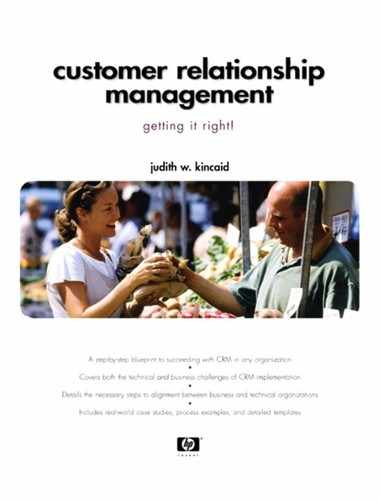21.1. Understanding System Quality
First, we must understand what system quality is, and how we get it and keep it! The ISWORLDNET web site defines system quality as measuring the information processing system itself:
Measures of System Quality typically focus on performance characteristics of the system under study. Some research has looked at resource utilization and investment utilization, hardware utilization efficiency, reliability, response time, ease of terminal use, content of the database, aggregation of details, human factors, and system accuracy.
Hmmmm, I don't know about you, but to me that's about as clear as mud. One thing's for sure, there is a difference between the way we determine information quality and what we measure to determine system quality. In Chapter 20 we calculated data quality by checking individual database fields (i.e., a single spreadsheet cell) for factors like completeness, accuracy, consistency and validity, Quality was measured as the percent of data that was correct.
For systems, based on experience and the definition supplied by ISWORLDNET, quality is determined by how well the entire system (people, process, technology) is performing as a whole. Sometimes called “total cost of ownership,” system quality is determined by measuring the total cost to build, run, support and use the system. High quality systems have a low cost of ownership – system functions are understandable and easy to use, the system is up and running and it's available when it's needed, and performance is satisfactory. We'll focus on the quality issues and process, but first let's learn more about system assets.
21.1.1. Identifying System Assets
Few organizations question whether the hardware or application software that they own has value. The big systems that run the business generally cost so much to buy (or build) that there is no question about the financial side of the equation. The “system” is made up of these plus the people who operate it. Though it's still a stretch for many to consider people as assets, it is clear for our purposes that enough of the components that comprise systems are indeed assets. We will agree that our CRM system should be treated like a valuable asset that should be managed and protected. Of course an important factor in protecting the value of an asset is to manage and improve quality so it can be used effectively.
21.1.2. Getting Unbeatable Competitive Advantage
The problem with CRM is that the fundamental measure of success, increased profitability for your company, is based on increasing revenue from loyal customer while holding or reducing costs. Frankly, one of the easiest ways to increase loyalty would be to assign one of your employees to baby-sit each customer, learn everything about the customer, and make sure that every customer need and desire is met. Naturally another way would be to just give your products away for free. (Of course sometimes you can't even give products away -- but that's a whole other book!) Neither of these easy solutions does anything to increase company profits, much the opposite.
Loyalty is based on positive experiences. Selling stuff for more than it cost you to build, produce, and deliver it increases profit. Adding lots of employees to “care” for customers just adds cost, but system managed customer experiences yield a tremendous opportunity for providing service that is better than your competitors, especially on the Internet, and at a reduced cost. This is the CRM promise: better experiences to more customers for less cost!
But Only If It's Correct
If the system is delivering highly satisfying and reliable interactions with customers, you will be able to make many more customers happy with much less human effort and cost. But, if the systems deliver poor or unreliable experiences, then the situation for your customers is worse, not better. Computers are notorious for not being able to apply common sense or evaluate exceptions. Customers won't take being annoyed and frustrated for very long before they decide to go somewhere else.
Systemization is necessary for CRM success, but not sufficient. If you want to keep customers loyal, don't ever think that fast, available, computer-automated service can replace good, efficient, and reliable service. The real quality of a system is measured by understanding its impact on the people who interact with it.
